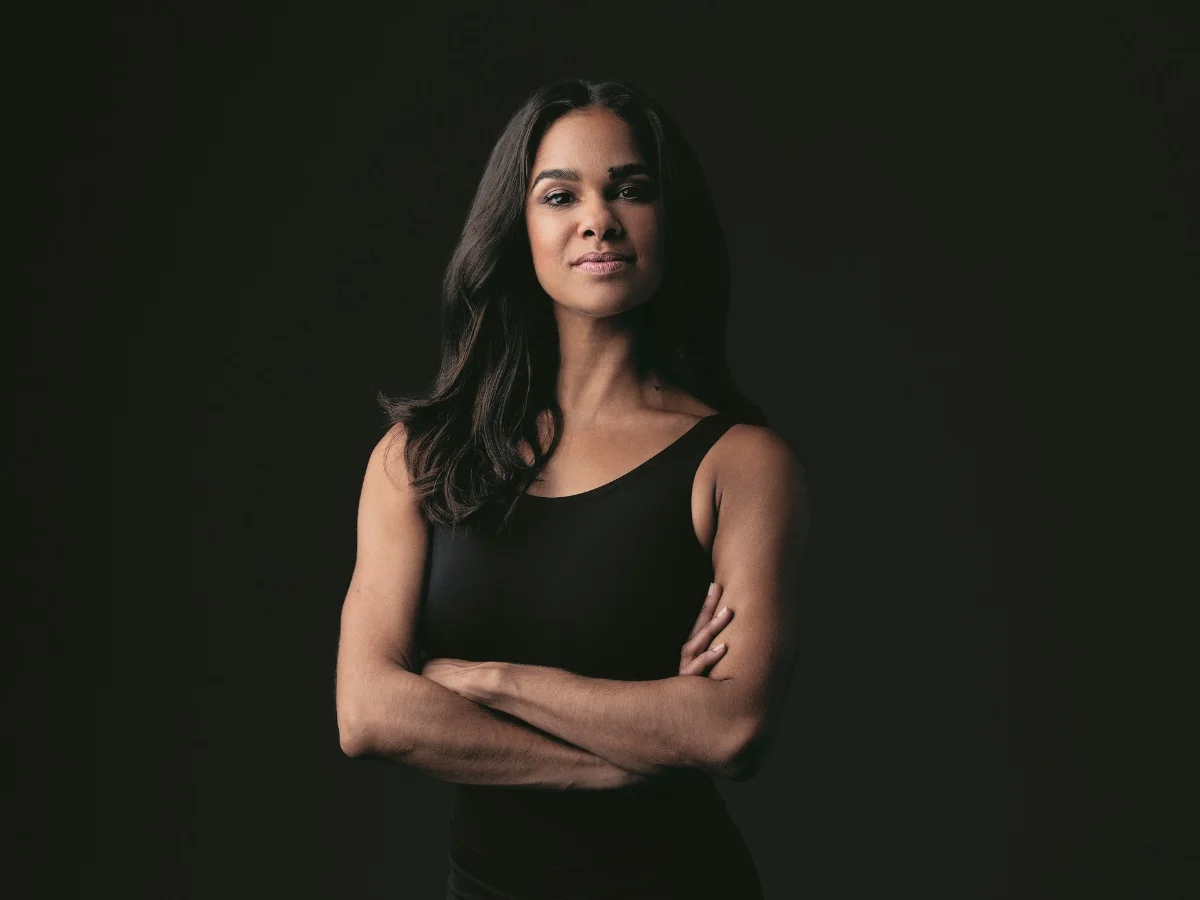
While some people avoid challenges, others seem naturally equipped to face and overcome them. The latter certainly appears to be true for Misty Copeland. When Copeland discovered ballet, she was living in a shabby motel room and struggling to find a place to sleep on the floor with her five siblings. A true prodigy, she was dancing en pointe within three months of taking her first dance class and performing professionally in just over a year. Fast forward to June of 2015, the 43-year-old became the first Black woman to become a principal dancer with the American Ballet Theatre in the organization’s 75-year history. This groundbreaking achievement cemented the wife and mom as a trailblazer in the uber competitive ballet world, breaking barriers in a field historically dominated by White dancers. A bona fide renaissance woman, Copeland is also a bestselling writer. Her titles, Life in Motion, Ballerina Body, Black Ballerinas, Firebird, The Wind at My Back and Bunheads have made her a New York Times bestselling author.
Bunheads, released in 2020, was an instant hit inspired by the prima ballerina’s own early experiences in ballet. While Bunheads was intended for early readers, it quickly gained fans of all ages. Now, Copeland returns with Bunheads, Act 2: The Dance of Courage. Penned for children ages 5-8 in mind, this follow-up is centered around young Misty, her bestie Cat and their eye-opening discovery of the ballet Don Quixote—a wondrous tale about a brave knight searching for his Dulcinea, his one true love. Along the way Misty and Cat uncover important life lessons of determination, compassion and friendship—timeless values that Copeland says shaped her own childhood.
We caught up with the multi-hyphenate Virgo about reading to her own toddler son, Jackson, growing up houseless and how a popular Sesame Street character helped her gain credibility at home.
ESSENCE: This is your thirdchildren’s book. Prior to the first Bunheads, you released Firebird. What keeps you returning to this genre? You started before you were even a mother to your 3-year-old son, Jackson.
MISTY COPELAND: I think it was over 10 years ago when I wrote Firebird. There’s something so natural and organic within ballet that lends itself to this age group. And, of course, my love for children. I’m one of six kids and I’ve always been drawn to young people. I am in the position to be a role model and a mentor. I’m constantly thinking about how I am contributing and giving to the next generation.
This is a powerful way to define your purpose.
A positive way, by setting a good example, but also a positive reflection of what ballet is. I think often ballet gets a negative rap that to me really does a disservice to the art form when it’s depicted in such a negative kind of trophy way in film and in television. So, I am honest about my experiences, but I think that it’s important to share the joy that ballet has given me, starting from when I was a 13-year-old girl. Those are the stories that I want to give to our future young dancers.
How important isearly literacy to you as a mom?
It’s one of the first things I think that Jackson has seen in terms of representation. It’s opening books, it’s being able to connect with and relate to and find community, find connection. So, it’s such a big part of our lives. We don’t have screen time at all. Our morning starts with books while he’s eating breakfast and ends with books before bedtime. Showing him representation within books has been vital.
What does Jackson think of Bunheads, Act 2? Even just the cover and illustrations?
He loves it. He’s had the first Bunheads book since he was born and didn’t really show that much interest in it. He didn’t become interested in Bunheads until I did a reading and demonstration for kids at Lincoln Center. He brought his friends and was so proud of me. [laughs] He got so into the story. Now that Bunheads, Act 2 is out, he’s on board. He’s invested in these little characters.
Too funny!
I know. He’s like, I don’t care to see any of these [fancy] performances. But when I showed him [my clip with] Elmo, he was like, ‘Oh, my mama’s legit!’ [laughs]
Describe your writing process and inspiration for Bunheads, Act 2.
A lot of the things I write about are from my own personal experience. There are so many stories to tell and experiences to share. I let those things happen naturally. These characters are based off actual friendships and relationships and real people that I grew up with. I wanted to be able to give examples using art and dance or sports. It’s not just about this professional trajectory or competition, but the amazing transferable skills and assets and tools that you pick up by being exposed to these things.
The stories within Bunheads, Act 2 are about teamwork, comradery and empathy for those around you. I use ballet to explore storytelling and to find commonalities of people that come from different backgrounds, different communities, different cultures.
This book explores resilience, courage, compassion and the power of friendship. These are values that defined your early years, correct? Elaborate.
I always say I think ballet saved my life. It’s made me the person that I am today. And it’s not because it gave me this career, but it brought me out of my shell. It gave me opportunities to grow in ways I never thought possible. I’m one of six children; I grew up houseless for most of my upbringing. There was shame around that, and I just wanted to be invisible. Dance brought something out that allowed me to feel like it’s okay to be vulnerable, and it’s okay to be seen.
So, for me to be able to share beautiful stories that are a big part of the classical ballets repertoire history and selecting ballets that show very strong confidence with young female characters with this audience is exciting.



